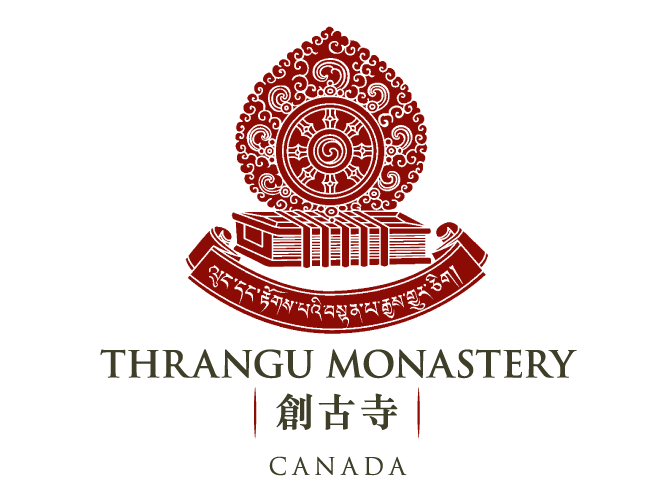More than 2500 years ago, the Buddha was born in Lumbini, present day Nepal. After being raised as a prince, he recognized that existence is characterized by impermanence; that no matter how rich and powerful one is, or how much pleasure and enjoyment one has, there is nothing anyone can do to avoid aging, sickness, and death. Even a king cannot buy his way out of human suffering.
The Buddha felt great weariness with the world and renounced it at the age of 29. He left his worldly royal life in search of the truth. By doing this, he demonstrated that as long as one is attached to money, food, clothes, and all the pleasures of life, full dedication to spiritual practice is impossible. But if one gives up attachment, then the achievement of Buddhahood becomes a possibility. After the Buddha left home, he led a life of austerity for six years by the banks of the Nirajana river in India. This austerity did not lead to his enlightenment. After giving up the ascetic practice, the Buddha went to Bodh Gaya. He vowed to stay under the bodhi tree until he reached final awakening. By doing so, the Buddha demonstrated to us that true practice
lay in the middle of the two extremes of austerity and indulgence.
Since the Buddha developed all the qualities of meditation to the utmost stages, he was able to reach enlightenment. He did this to demonstrate that all sentient beings also can reach enlightenment. One of the main points of Buddhist philosophy is to show us that Buddhahood is not something to be found outside ourselves. Rather, it is something we can achieve by looking inside.
The Buddha turned the wheel of the Dharma three times, meaning that he taught in three different ways. The first turning of the wheel is called the Hinayana, which consists of the teachings on the Four Noble Truths, meditation, and developing an understanding of the emptiness of self. The second turning is called the Mahayana, which involves the study of the emptiness of phenomena and practicing the bodhisattva path. The third turning is the Vajrayana, which involves the understanding that everything, while empty, is also pervaded by Buddha-nature.
From the Buddha to his principal disciples, to their disciples and so on, the turning of the wheel of Dharma continued from generation to generation. In the 9th century, Buddhism came to Tibet when King Trisong Detsen invited Guru Padmasambhava and Khenpo Bodhisattva Shantatrakshita there. Since that time, many lineages developed in Tibet, the main ones being the Nyingma, Kagyu, Sakya and Gelug.
